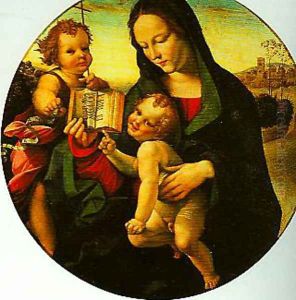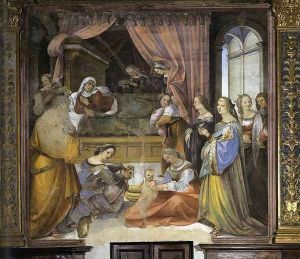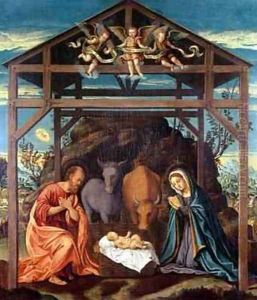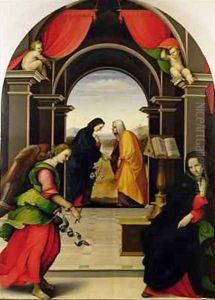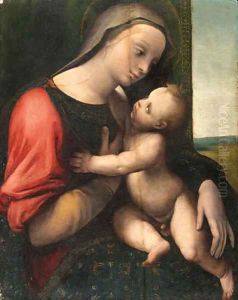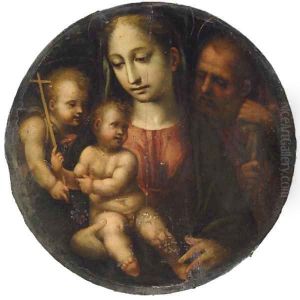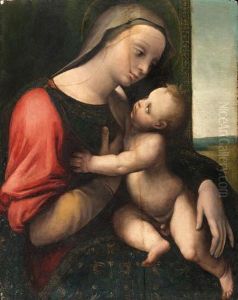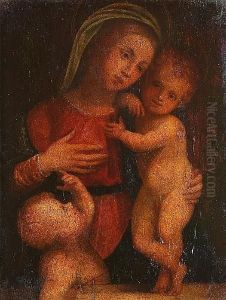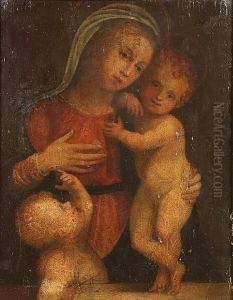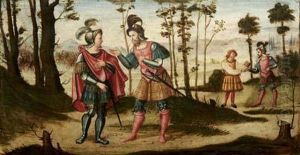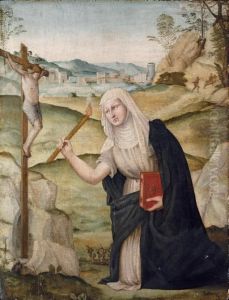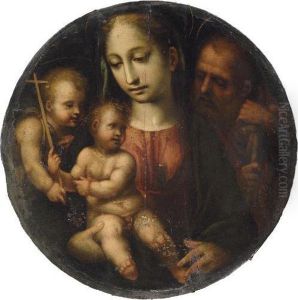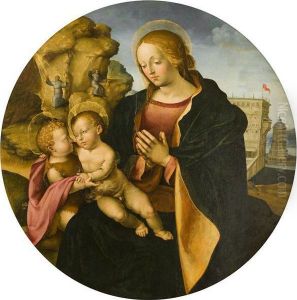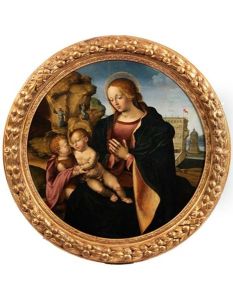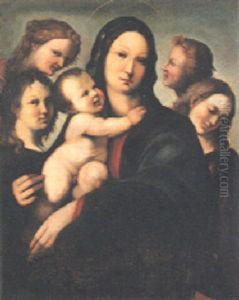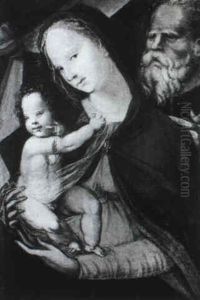Girolamo Del Pacchia Paintings
Girolamo Del Pacchia was born in Siena, Italy, in 1477. His early life remains somewhat obscure, but it is known that he became an important figure in the Sienese School of painting during the Italian Renaissance. Del Pacchia's work is characterized by its vivid detail, emotional intensity, and the use of bright, rich colors, which set him apart from his contemporaries. Despite being less well-known than some of his Renaissance counterparts, his contributions to the art world during this period were significant. Del Pacchia's artistic career flourished in the early 16th century, a time when Siena was a vibrant center of art and culture. He was influenced by other Renaissance artists, including Raphael and Leonardo da Vinci, yet he developed a distinct style that emphasized the expressive possibilities of color and form. Del Pacchia was particularly noted for his Madonna and Child paintings, which exude a serene beauty and intricate detail. He was also known for his frescoes and altarpieces, which adorned many churches and public buildings in Siena. Despite his accomplishments, Girolamo Del Pacchia's later life was marked by financial difficulties and a decline in commissions, which contributed to his relative obscurity today. Nevertheless, his works continue to be appreciated by art historians and enthusiasts for their contribution to the Sienese Renaissance. Del Pacchia died in Siena in 1533, leaving behind a legacy that, while not as widely recognized as some of his peers, is deeply valued for its artistic merit and historical importance.
